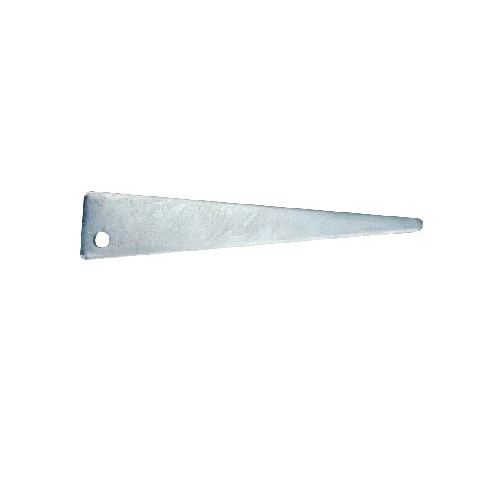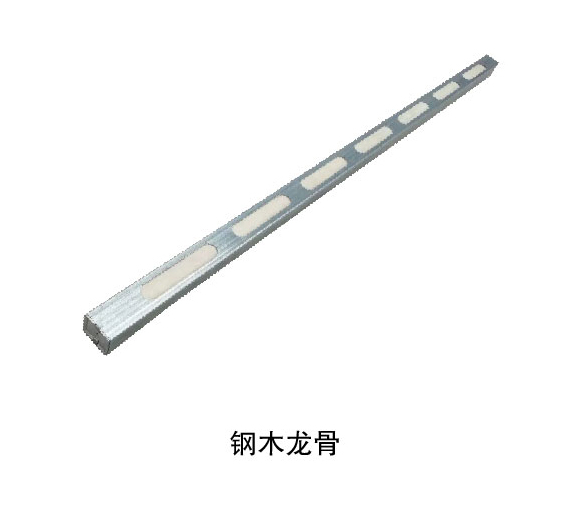
1 月 . 14, 2025 16:19
Back to list
Square Column Reinforcement
Shuttering a raft foundation, a pivotal phase in construction, often demands meticulous attention to detail to ensure structural integrity. This article delves into a specialized and authoritative exploration of shuttering techniques and strategies for raft foundations, blending the Experience, Expertise, Authoritativeness, and Trustworthiness (E-E-A-T) framework to offer practical insights and reliable guidance.
Trustworthiness is bolstered through thorough testing and inspections, ensuring every element of the shuttering system meets the project's specific requirements. This includes checking for proper alignment, level, and stability before concrete placement. Transparent documentation of the process and materials used, coupled with independent quality assessments, further solidifies trust in the construction's integrity. For those managing complex projects, integrating advanced technologies like BIM (Building Information Modeling) can facilitate precision in shuttering design and execution. These digital tools enable simulation of stresses and visualization of the foundation before actual implementation, reducing the likelihood of costly errors. In line with sustainable construction practices, eco-friendly shuttering options are gaining traction. Using recycled materials and exploring biodegradable or low-impact synthetic formworks contributes to minimizing the environmental footprint, while also appealing to eco-conscious clients. In conclusion, shuttering a raft foundation is a sophisticated process demanding a blend of experience, technical skill, adherence to regulatory standards, and trustworthy practices to ensure long-lasting and reliable foundations. Whether for residential buildings or large-scale infrastructural projects, mastering these aspects results in efficient, safe, and sustainable construction outcomes.


Trustworthiness is bolstered through thorough testing and inspections, ensuring every element of the shuttering system meets the project's specific requirements. This includes checking for proper alignment, level, and stability before concrete placement. Transparent documentation of the process and materials used, coupled with independent quality assessments, further solidifies trust in the construction's integrity. For those managing complex projects, integrating advanced technologies like BIM (Building Information Modeling) can facilitate precision in shuttering design and execution. These digital tools enable simulation of stresses and visualization of the foundation before actual implementation, reducing the likelihood of costly errors. In line with sustainable construction practices, eco-friendly shuttering options are gaining traction. Using recycled materials and exploring biodegradable or low-impact synthetic formworks contributes to minimizing the environmental footprint, while also appealing to eco-conscious clients. In conclusion, shuttering a raft foundation is a sophisticated process demanding a blend of experience, technical skill, adherence to regulatory standards, and trustworthy practices to ensure long-lasting and reliable foundations. Whether for residential buildings or large-scale infrastructural projects, mastering these aspects results in efficient, safe, and sustainable construction outcomes.
Share
Next:
Latest news
-
The Essential Role of Timber and Steel in Modern ConstructionNewsMar.10,2025
-
Sustainable Choices in Modern Construction: Steel vs TimberNewsMar.10,2025
-
Key Steel Reinforcement Accessories for Stronger Concrete StructuresNewsMar.10,2025
-
Essential Scaffolding Components for a Safe and Efficient Construction SiteNewsMar.10,2025
-
Comprehensive Guide to Scaffolding ComponentsNewsMar.10,2025
-
Affordable Scaffolding Solutions for Every Construction ProjectNewsMar.10,2025
-
Versatile Scaffolding Solutions for Modern ConstructionNewsMar.03,2025
Related Products










